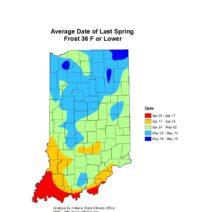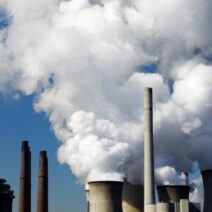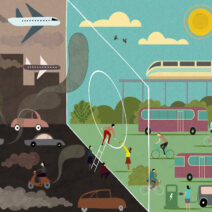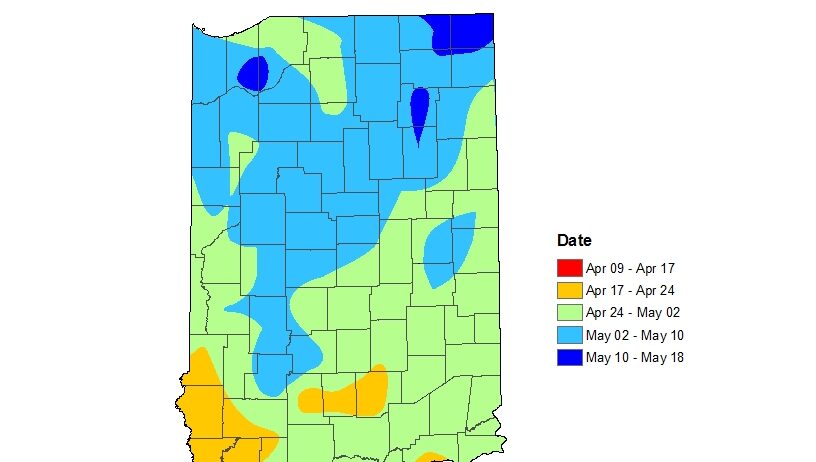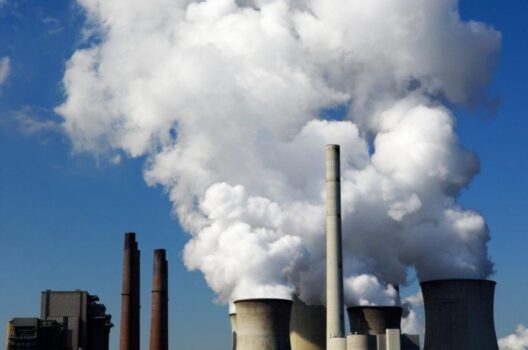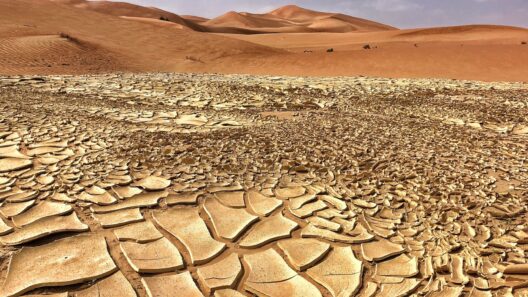Indiana, nestled in the heartland of the United States, showcases a diverse and dynamic climate, characterized by four distinct seasons that each possess unique attributes. Have you pondered the remarkable transformations that unfold within this midwestern state throughout the year? Each season presents not only variations in temperature and precipitation but also changes in the surrounding ecosystem, human activities, and cultural practices. This exploration culminates in a nuanced understanding of how climate influences day-to-day life in Indiana.
As we delve into the wondrous seasonal shifts, it is crucial to consider the underlying climatic framework influencing these changes. Indiana experiences a humid continental climate, marked by significant seasonal temperature variation and a healthy distribution of rainfall throughout the year. Predominantly influenced by cold fronts from the north and warm fronts from the south, conditions can vary notably from one season to the next.
Spring: Awakening and Renewal
Spring in Indiana is a time of awakening. Beginning in March and lasting until May, this season brings a gradual increase in temperatures and the re-emergence of life after the frigid winter months. Average temperatures rise from the mid-40s in early March to the low 70s by late May. However, variability is a hallmark of this time of year; it is not uncommon for the state to experience both torrential rain showers and unseasonably warm days.
Flora and fauna eagerly respond to the changing conditions. Cherry blossoms unfurl, and daffodils break through the soil, heralding the arrival of vibrant blooms in gardens and parks across the state. Birdsong fills the air as migratory birds return to Indiana, creating symphonies of sound in the mornings. Unfortunately, this beautiful season also calls attention to the challenge of extreme weather events, such as thunderstorms and tornadoes, which often emerge as spring transitions into summer. What preparations do communities need to undertake to brace for such unpredictable weather?
Summer: The Heat of the Moment
Summer in Indiana, spanning June through August, is synonymous with warmth and outdoor activity. During this season, residents bask in temperatures that frequently soar into the 80s and 90s, accompanied by high humidity levels. The sultry heat can often lead to oppressive conditions, creating a quagmire for those unaccustomed to such extremes.
Despite the discomfort, summer proves exhilarating for many. It is a time for county fairs, farmer’s markets, and outdoor festivals, where communities gather to celebrate regional culture and local produce. However, this season carries challenges of its own. Drought can become a significant concern, straining agricultural productivity, water resources, and impacting local ecosystems. Managing water usage and ensuring sustainable practices are crucial in combating potential drought conditions—how might individuals alter their routines or agricultural strategies to mitigate these issues?
Autumn: A Tapestry of Color
As summer starts to wane, Indiana seamlessly transitions into autumn. From September to November, the landscape transforms into a breathtaking tapestry of reds, oranges, and yellows. Average temperatures dip gradually, falling from the 70s in early September to the chilly 40s by late November. This season offers a respite from the heat, ushering in crisp air and the scent of falling leaves.
With the arrival of fall comes the excitement of harvest season. Corn and soybean fields are abuzz with activity as farmers reap the benefits of a labor-intensive summer. However, environmental repercussions also emerge; the accumulation of fallen leaves and the onset of cooler temperatures make for ideal conditions for certain pests and diseases. As communities revel in the beauty of autumn, they are also prompted to consider sustainable practices—how can they ensure that agricultural efforts contribute positively to the prevailing ecosystem?
Winter: A Season of Reflection
Winter envelops Indiana from December through February, transforming the landscape into a serene, frosty tableau. Temperatures frequently plunge into the 20s, while snowfall blankets the state, creating a picturesque winter wonderland. For many, this season calls for reflection, as holiday traditions unite families and friends amidst the cold.
However, winter poses its own set of challenges. The combination of snow, ice, and cold temperatures can disrupt daily life, presenting hazards on roads and affecting transportation. Additionally, the harshness of winter raises critical questions about energy consumption and sustainability. As homes require heating, how can residents embrace energy efficiency to reduce their carbon footprint during these months?
Throughout the seasons, Indiana’s climate encapsulates a dynamic interplay between nature and humanity. The state’s climate is not merely a backdrop but a living, breathing element that shapes lifestyles, influences agriculture, and prompts social interactions. Understanding these seasonal changes is vital in fostering a greater appreciation for our environment and considering sustainable practices that nurture the land we inhabit.
As we navigate these fluctuations, we must also remain vigilant regarding climate change’s overarching influence. The seasons may continue to shift, but our commitment to environmental stewardship must remain steadfast. How can we work together to ensure future generations experience the beauty of Indiana’s four seasons while preserving the integrity of its climate? This challenge stands before us, inviting our collective efforts to forge a more sustainable future.
